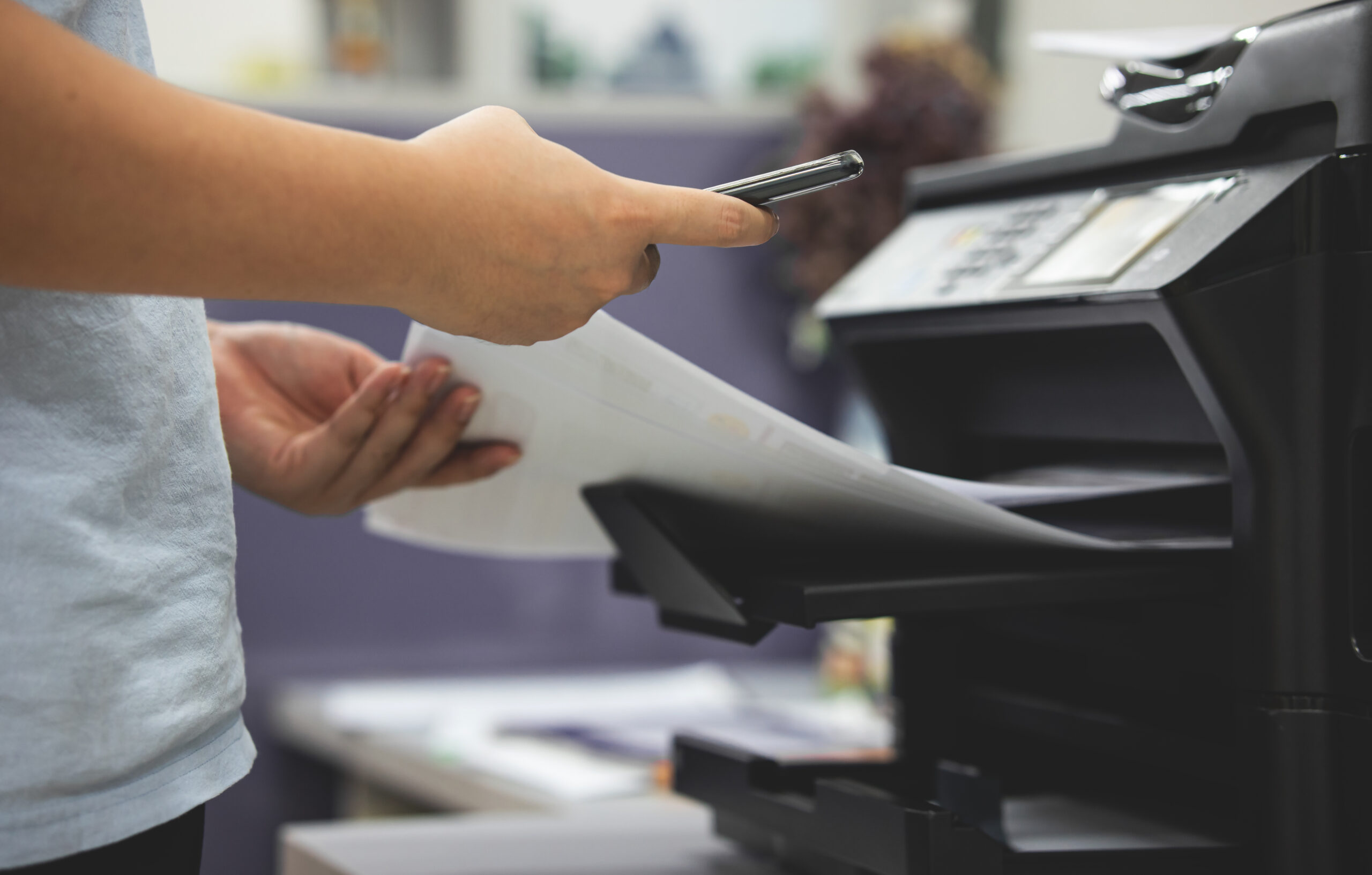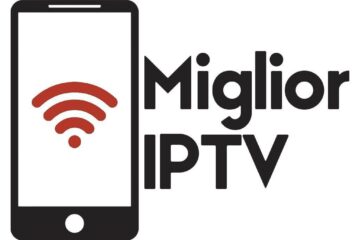In the busy corridors of modern workplaces, amidst the hum of computers and the chatter of employees, there stands a silent yet indispensable companion—the office printer. From its humble beginnings to its current state of technological marvel, the journey of the office printer is a fascinating tale of innovation, efficiency, and adaptation. Join us as we embark on a journey through time to explore the evolution of the office printer and the profound impact it has had on the way we work.
The Genesis: Birth of the Office Printer
The origins of the office printer can be traced back to the early 20th century when inventors began experimenting with various printing technologies. One of the earliest iterations was the mimeograph machine, which utilised a stencil and ink roller to reproduce documents. While revolutionary for its time, the mimeograph was labour-intensive and limited in its capabilities.
The real breakthrough came with the advent of the xerographic process, pioneered by Chester Carlson in the late 1930s. This groundbreaking technology laid the foundation for modern photocopying and formed the basis for the first commercial office copiers introduced in the 1950s.
The Rise of Digital Printing
The 1980s witnessed a seismic shift in the world of printing with the introduction of digital printing technology. Unlike traditional analog printing methods, which relied on physical plates and rollers, digital printing enabled the direct transfer of digital files to paper, offering greater speed, precision, and flexibility.
One of the key milestones in the digital printing revolution was the release of the first laser printer by IBM in 1975. This innovative device utilised laser technology to produce high-quality prints at a fraction of the time and cost of traditional printing methods, paving the way for widespread adoption in offices around the world.
Enter the Multifunction Printer (MFP)
As technology continued to advance, the office printer evolved beyond its primary function of printing to encompass a wide range of additional features and capabilities. The emergence of multifunction printers (MFPs) in the 1990s marked a significant milestone in this evolution, combining printing, scanning, copying, and faxing functionalities into a single, compact device.
The integration of these diverse functions into a unified platform not only streamlined workflow processes but also heralded a new era of efficiency and productivity in the modern workplace. With MFPs becoming increasingly sophisticated and versatile, businesses could now perform a multitude of tasks with a single device, saving time, space, and resources in the process.
The Age of Connectivity
In the digital age, connectivity is king, and office printers are no exception. The advent of network-enabled printers in the early 2000s transformed the way documents were printed and shared within organisations. By connecting printers to local area networks (LANs) and later the internet, users gained the ability to print remotely from any device, anytime, anywhere.
Furthermore, the rise of cloud-based printing solutions offered even greater flexibility and convenience, allowing users to print directly from their smartphones, tablets, and laptops with ease. With features such as mobile printing and wireless connectivity becoming standard fare, the modern office printer has truly become an integral part of the connected workplace ecosystem.
Towards a Sustainable Future
In recent years, sustainability has emerged as a driving force shaping the design and functionality of office printers. With environmental concerns on the rise, manufacturers have increasingly focused on developing eco-friendly printing solutions that minimise energy consumption, reduce waste, and promote recycling.
One notable trend in this regard is the proliferation of energy-efficient printers equipped with advanced power-saving features such as sleep mode and automatic shutdown. Additionally, the widespread adoption of duplex printing (printing on both sides of the paper) has helped reduce paper consumption and lower carbon emissions associated with printing activities.
Moreover, many printer manufacturers have implemented initiatives to promote responsible recycling and disposal of printer cartridges and other consumables. By partnering with recycling programs and offering incentives for returning used cartridges, these companies are helping to minimise the environmental impact of printing operations and pave the way towards a more sustainable future.
Looking Ahead: The Future of Office Printing
As we gaze into the crystal ball of technological innovation, the future of office printing appears bright and promising. With advancements in artificial intelligence, machine learning, and robotics, we can expect to see a new generation of smart printers capable of autonomous operation, predictive maintenance, and adaptive printing based on user preferences and workflow patterns.
Furthermore, the integration of blockchain technology may revolutionise document security and authentication, ensuring that sensitive information remains protected throughout the printing process. Additionally, developments in 3D printing and additive manufacturing may open up new possibilities for rapid prototyping, custom fabrication, and on-demand production in the office environment.
The evolution of the office printer is a testament to the relentless march of technological progress and human ingenuity. From its humble beginnings as a simple copying machine to its current incarnation as a multifunctional, networked device, the office printer has transformed the way we work, communicate, and collaborate in the modern workplace. As we embrace the challenges and opportunities of the digital age, one thing remains certain—the office printer will continue to be an indispensable ally in our quest for productivity, efficiency, and innovation.
Transformation in Printer Procurement:
In today’s dynamic business landscape, the procurement of office printers has undergone a significant transformation, with organisations exploring alternative acquisition models beyond outright purchasing. While traditional buying remains a popular option for many businesses, renting and leasing arrangements have emerged as viable alternatives that offer greater flexibility, affordability, and scalability.
Renting: Flexibility without Commitment
Renting printers on a short-term or long-term basis has become an attractive option for businesses seeking flexibility and cost-effectiveness. With rental agreements, organisations can access the latest printing technology without making a substantial upfront investment, allowing them to conserve capital and maintain liquidity for other strategic initiatives.
Moreover, businesses choosing to rent a printer offer the flexibility to scale printing capacity up or down based on fluctuating demand, seasonal peaks, or temporary projects. This agility is particularly beneficial for small and medium-sized businesses (SMBs) that may not have the resources or volume requirements to justify purchasing high-end printing equipment outright.
Additionally, renting eliminates the burden of ownership-related expenses such as maintenance, repairs, and equipment depreciation, as these responsibilities typically fall under the purview of the rental provider. This hassle-free arrangement allows businesses to focus on their core operations without being bogged down by the complexities of printer management and upkeep.
Leasing: Cost-Effective Solutions for Long-Term Needs
Leasing offers a middle ground between renting and buying, providing businesses with access to premium printing equipment for a fixed term while spreading the cost over manageable monthly payments. Unlike renting, which typically involves short-term agreements, leasing arrangements can span several years, making them ideal for businesses with predictable printing needs and long-term strategic objectives.
One of the primary advantages of leasing is its cost-effectiveness, as it allows organisations to preserve capital and preserve credit lines while still benefiting from state-of-the-art printing technology. Moreover, lease payments are often tax-deductible as operating expenses, further enhancing the financial appeal of this procurement model.
Another benefit of leasing is the built-in flexibility to upgrade or replace equipment at the end of the lease term, ensuring that businesses always have access to the latest printing innovations without incurring additional costs. Additionally, leasing agreements typically include comprehensive service and maintenance plans, providing peace of mind and minimising downtime due to equipment failures or malfunctions.




